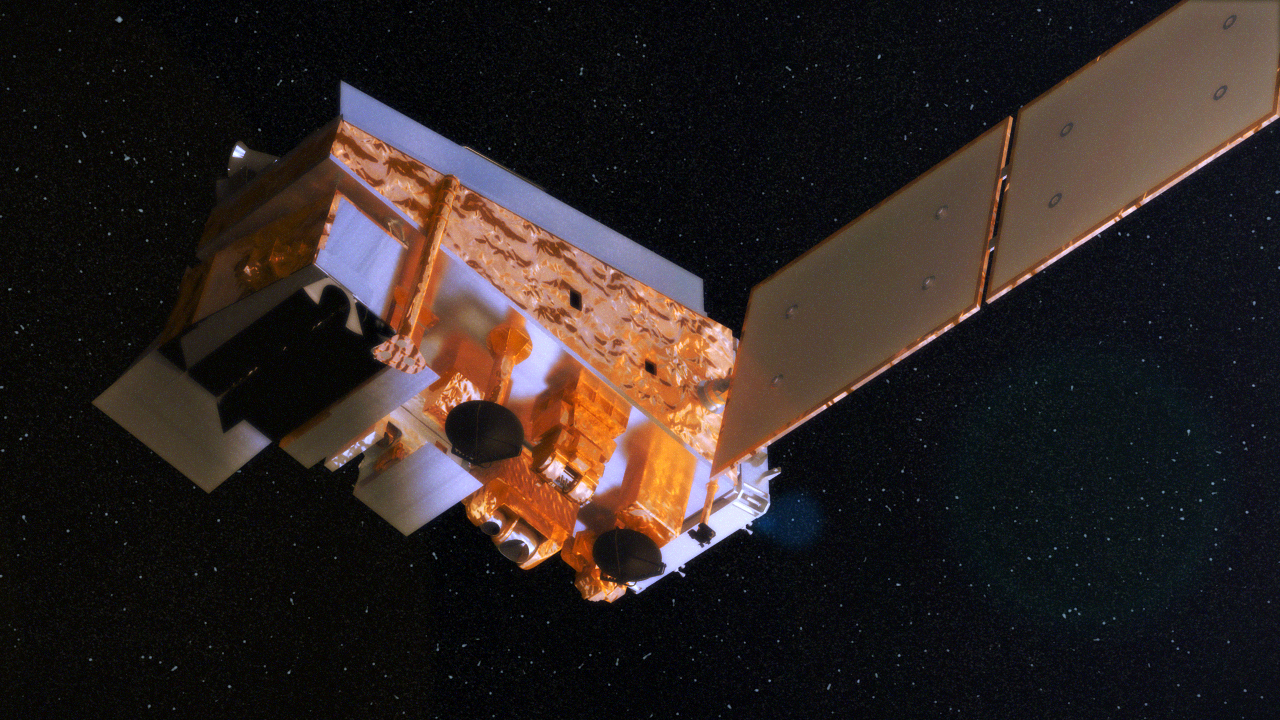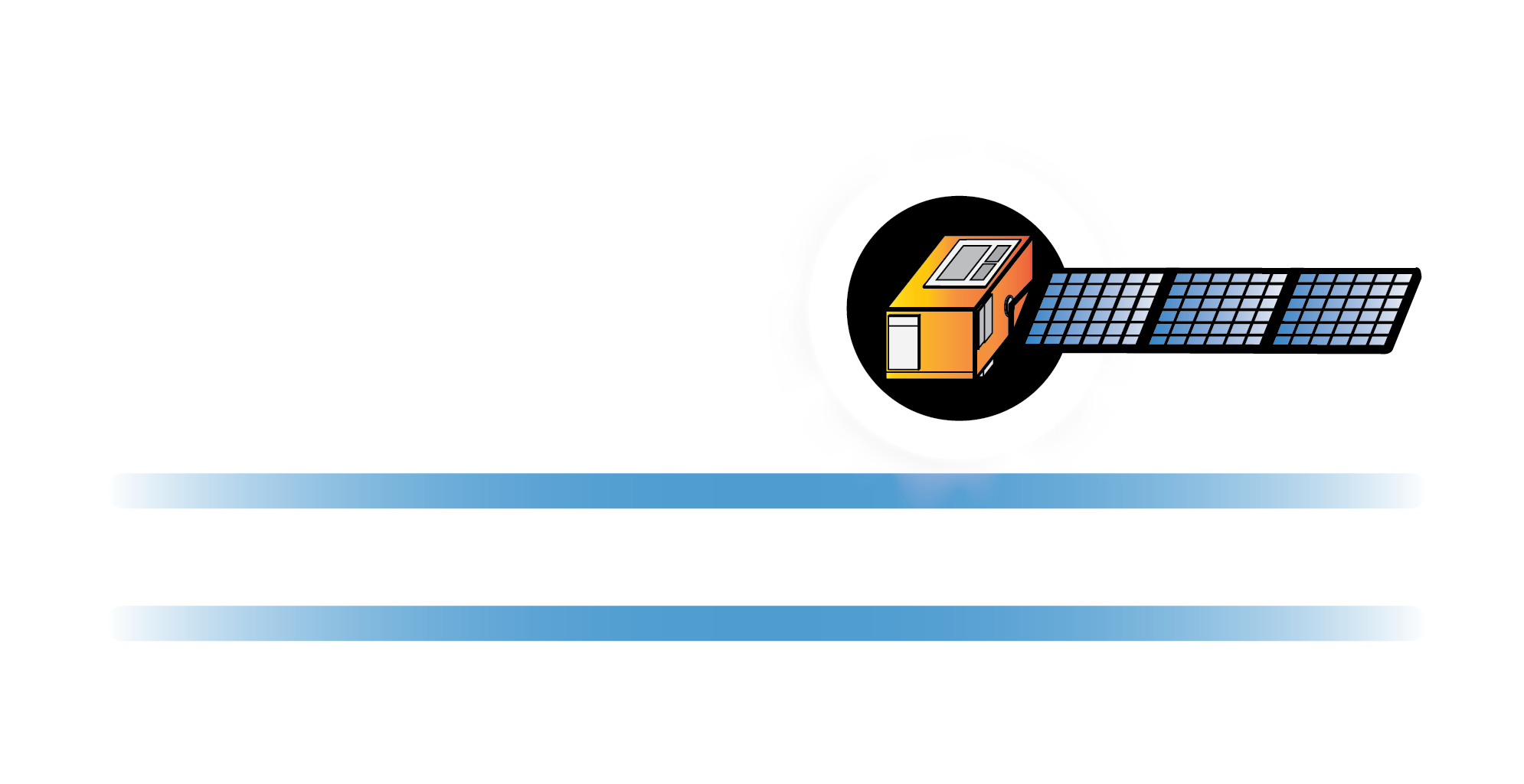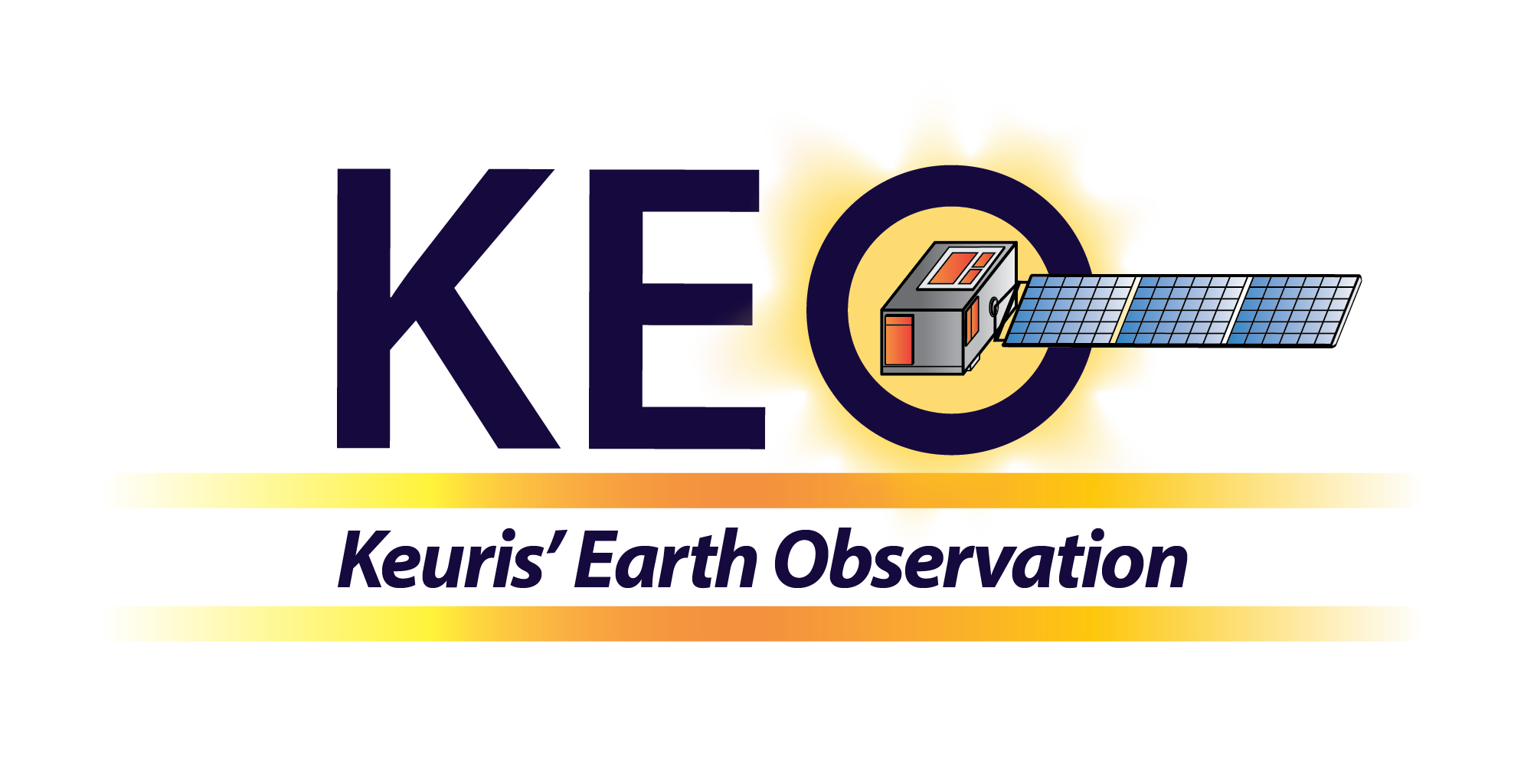Operational Services: Why and what?
Snow cover is highly sensitive to changes in temperature (freezing/thaw) and precipitation (snowfall, rain, hail) and affects directly the albedo and thus the energy balance of the Earth's surface. It is a relevant input parameter for weather forecasts and climate change observations. Snow stores a significant mass of water and, with its high dynamic, has a strong effect on regional and global energy and water cycles. Together with the Snow Water Equivalent (SWE) product from passive microwave sensors, that provides information on the water content in the snow on plain areas, with limitations in mountainous areas, up-to-date knowledge about the snow cover extent is an important information for hydrological runoff modelling and for assessing natural hazards such as flood events.
Snow cover is specified as Essential Climate Variable (ECV) by the Global Climate Observing System (GCOS).
Near-Real-Time Production
As pointed out above, it is crucial to have updated information on the snow cover extent as well as various other parameters (ECVs). It is the Copernicus Global Land Service that takes part in this and boosts the development and distribution of such data. This website provides access to daily updates of the snow cover extent for Europe and the Northern Hemisphere.
Such a timely distribution of vast amounts of data are an incredible combined effort which involves clever algorithms, solid experience with remote-sensing data and competent IT work.


VIIRS Satellite: NASA

